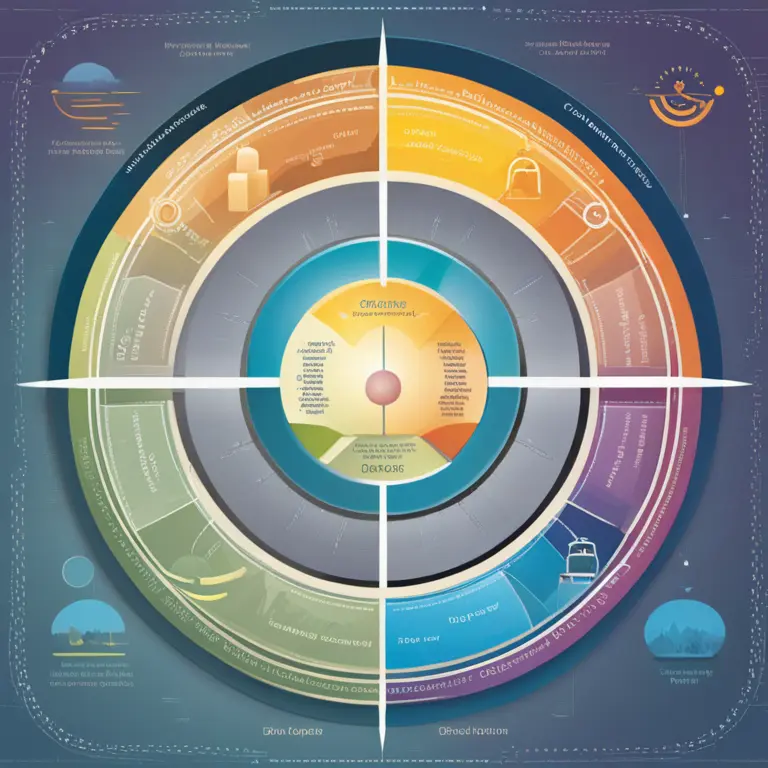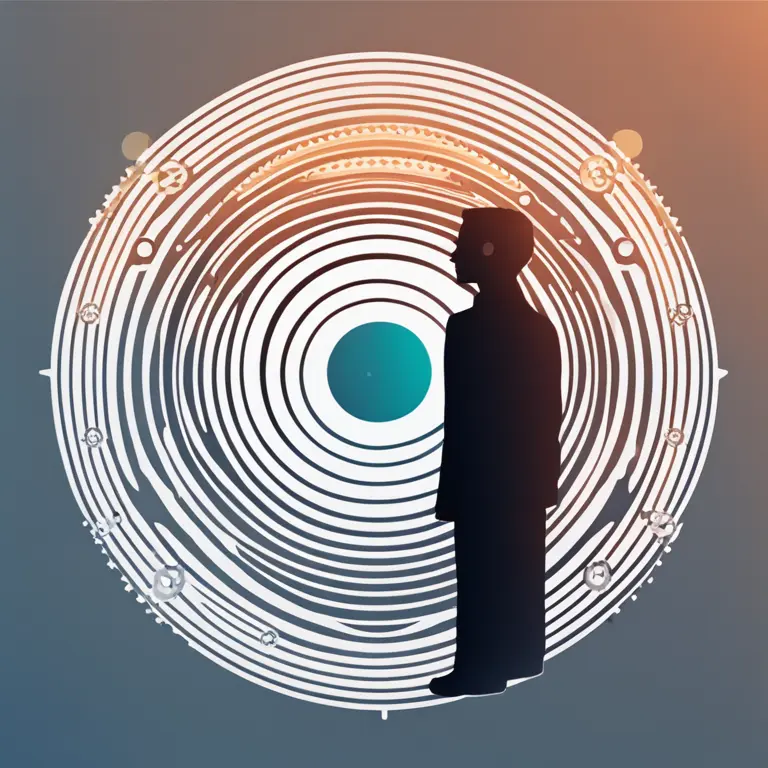
The Rhythms Within: Grasping Biorhythmic Cycles
Discover the fascinating realm of biorhythmic cycles and how they influence our daily lives, health, and decision-making processes.
article by Adrian Wallace
Introduction to Biorhythms
Biorhythms are intrinsic cycles that influence various aspects of our physical, emotional, and intellectual well-being. Historically attributed to the concept that life is governed by rhythmic cycles, the idea of biorhythms dates back to ancient civilizations, although it became popular in modern times in the late 19th and early 20th centuries. These cycles are thought to start at birth and oscillate in predictable patterns throughout our lives. Kinesiologists, psychologists, and even some business professionals study these rhythms in hopes of better understanding human behavior and performance. Today, we delve into the underpinnings of these cycles and how they may affect you in 2024 and beyond.

The Three Primary Biorhythmic Cycles
The primary biorhythmic cycles are divided into three categories: physical, emotional, and intellectual. The physical cycle, lasting 23 days, governs our vitality, strength, and overall well-being. During its positive phase, we may feel full of energy and healthy, while the negative phase might bring a feeling of lower stamina and potential health concerns. The emotional cycle, with a 28-day duration, influences our mood, creativity, and sensitivity. A positive swing in this cycle can enhance personal relationships and artistic expression, whereas a negative phase may lead to moodiness or emotional stress. Lastly, the intellectual cycle, which runs for 33 days, affects cognitive functions such as memory, alertness, and reasoning. High points in this cycle might correlate with increased mental clarity, while low points could render decision-making and learning more challenging.

Interpreting Your Biorhythms
Understanding your biorhythmic cycles can offer valuable insights into the ebbs and flows of your abilities and moods. By tracking these cycles, individuals may plan important activities or decisions when their biorhythms are at a peak. For instance, knowing that your intellectual cycle will be high during a certain period in 2024 might influence you to schedule exams or complex projects during this time. Conversely, being aware of a low point in your emotional cycle could prepare you to manage interpersonal interactions more cautiously. Interpreting these patterns necessitates a personalized chart, often generated by specialized software, that considers the user’s date of birth as the starting point for cycle calculation.

Biorhythms and Compatibility
Beyond personal introspection, biorhythms are sometimes used to gauge compatibility between individuals. Partners may analyze their cycles to synchronize activities or to better understand periods of harmony or discord. This practice holds that by knowing when one's partner is experiencing a low emotional or high intellectual cycle, for example, one can foster empathy and tailor communication effectively. While this approach is not scientifically proven, it continues to intrigue those who seek deeper insights into relationship dynamics and personalized forecasts for the future years.

The Skeptical Lens
It's integral to approach biorhythms with a degree of skepticism as they remain a pseudoscientific concept without robust empirical backing. Many scientists argue that any perceived benefits or accuracies in biorhythm theory could be the result of the placebo effect or confirmation bias. Despite this, it maintains a niche following and is akin to astrology in its application for personal insight and contemplation. Users are encouraged to use biorhythmic analysis as one of many tools for self-reflection, rather than an inflexible guide to life decisions, and to always consider evidence-based practices in critical areas of health and wellness.
Embracing Biorhythmic Awareness in Daily Life
As we look toward the horizon of 2024 and beyond, the integration of biorhythmic awareness into daily life might evolve with advances in technology and deepened cultural interest in holistic well-being. Mobile apps and wearable technology can offer more accessible means to track and interpret these life rhythms. Embracing a biorhythmic perspective may encourage individuals to enhance self-awareness, harmonize with their innate cycles, and potentially align their actions with their internal energetic rhythms, albeit with a mindful approach to its unproven nature.
Published: 1/30/2024
Modified: 1/30/2024
More predictions
Come back here soon to learn more about yourself and your future


The Rhythms Within: Mastering Biorhythm Readings
Discover how biorhythm readings provide insights into your physical, emotional, and intellectual cycles, helping you to align with your natural rhythms for improved well-being.


The Rhythms of Life: Delving into Human Biorhythms
Discover the fascinating world of human biorhythms and how they influence our daily lives, health, and well-being.


The Rhythms of You: A Guide to Biorhythm Theory
Discover the foundations of biorhythm theory and how it purports to map the cycles of physical, emotional, and intellectual energy in our lives.